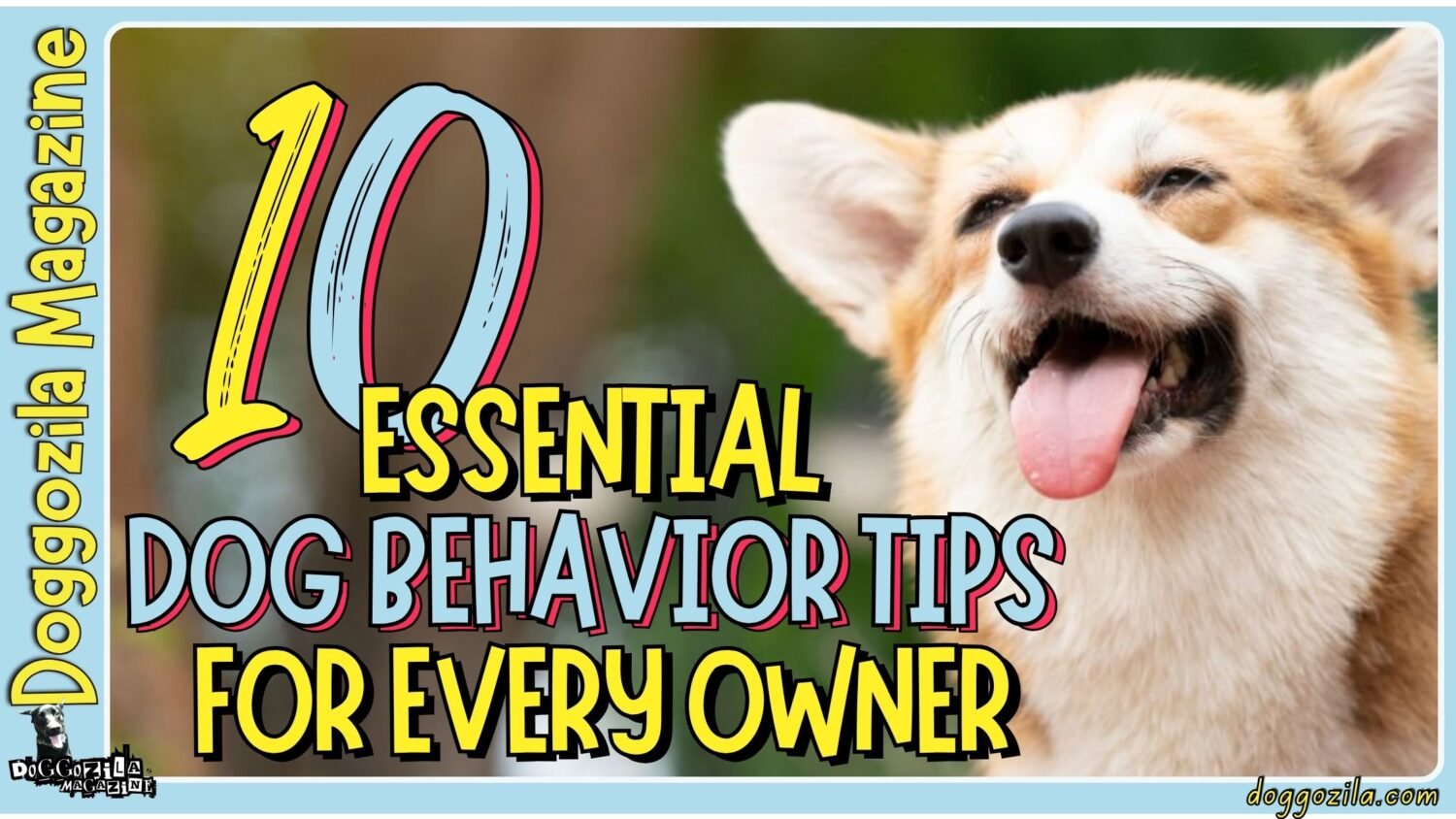Street dogs are a common sight in many communities, and encounters with them can be both intriguing and challenging. This article will show you how surviving encounters with aggressive street dogs looks like and what you need to do, not to get hurt!

UNDERSTANDING AGGRESSIVE STREET DOGS BEHAVIOR
In this in-depth guide, we’ll explore the nuanced aspects of what to do if a street dog starts running toward you. Check these ways for surviving aggressive street dogs!
Natural Curiosity
Street dogs, like their domestic counterparts, are naturally curious creatures. When a street dog starts running toward you, it’s often driven by this curiosity. Recognizing this behavior is the first step in responding appropriately. As you encounter a street dog, observe their body language. A wagging tail, relaxed ears, and a loose stance generally indicate friendly curiosity. In such cases, you may choose to stand still and allow the dog to approach if they seem non-threatening.
Territorial Behavior of Aggressive Street Dogs
Street dogs may exhibit territorial behavior, especially in areas they consider their territory. Being aware of their territorial instincts can help you make informed decisions when approached. If a street dog displays territorial behavior, it’s crucial to avoid actions that may be perceived as threatening. Refrain from making sudden movements or loud noises, as these can escalate the situation. Instead, maintain a calm demeanor and speak in a soothing tone.
Potential Health Concerns from Aggressive Street Dogs
Some street dogs may approach seeking food or assistance due to health issues. Recognizing signs of distress can guide your response. Keep an eye out for signs of illness or injury, such as limping, visible wounds, or signs of malnutrition. If a street dog appears distressed, consider contacting local animal control or a rescue organization that can provide appropriate care.
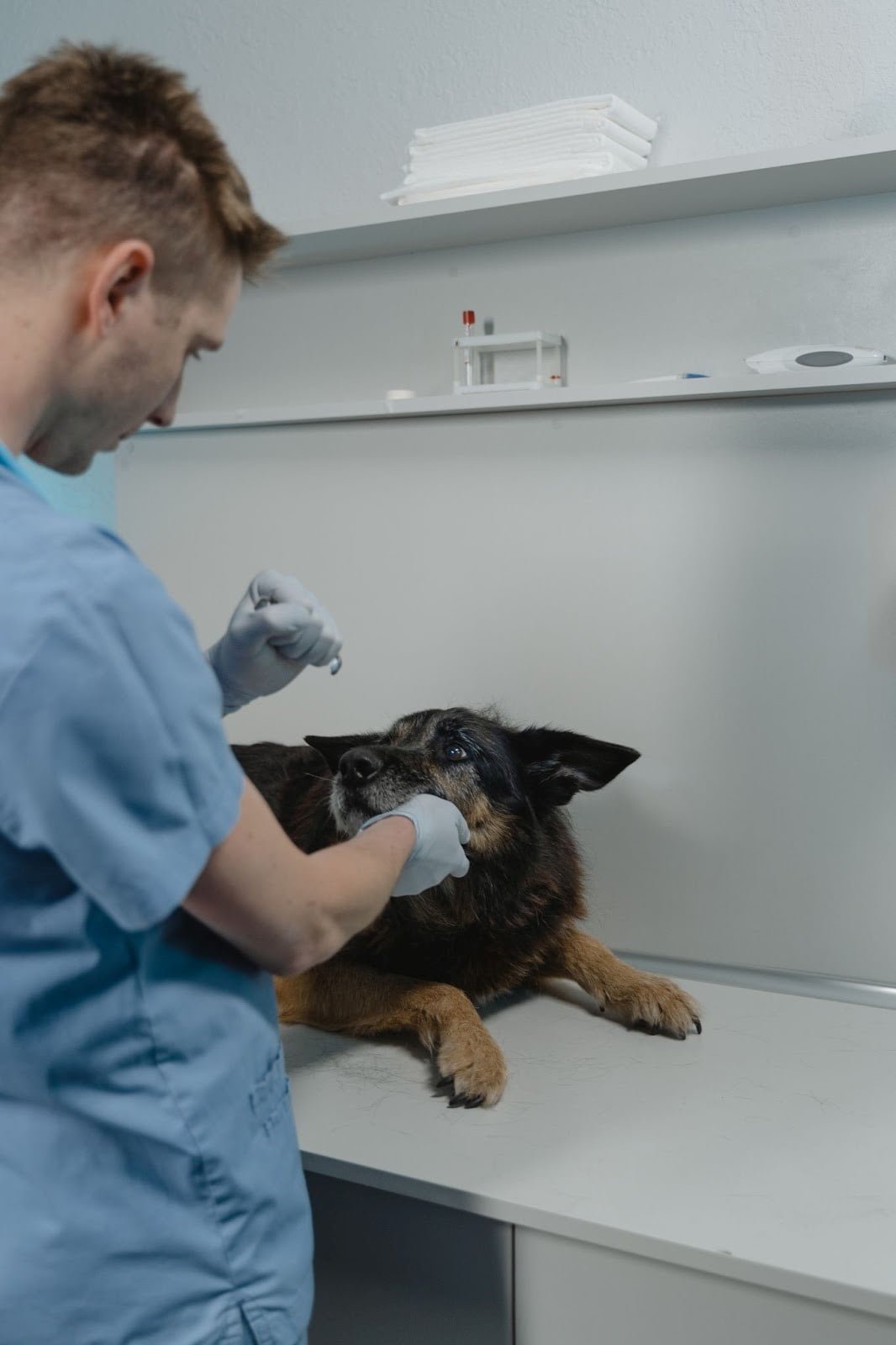
VET-APPROVED STRATEGIES FOR ENCOUNTERS WITH AGGRESSIVE STREET DOGS
Maintain Calm and Avoid Panic
If a street dog starts running toward you, remaining calm is paramount. Avoid panicking, as sudden movements or loud reactions can escalate the situation. Take a deep breath and assess the dog’s behavior. A calm demeanor from your side can help diffuse tension and create a more positive interaction. Panicking may lead the dog to interpret your fear as a threat.
Assess the Dog’s Body Language
Quickly assess the dog’s body language to gauge their intentions. Raised hackles, growling, or a tense posture may indicate aggression. In such cases, it’s essential to back away slowly without making direct eye contact. Dogs communicate through their body language, and understanding these signals is crucial. If the dog exhibits signs of aggression, create distance by taking slow steps backward without turning your back on the dog.
Avoid Direct Eye Contact
Direct eye contact can be perceived as a challenge in dog language. Avoid staring directly at the dog, and instead, glance at them from the corner of your eye. While direct eye contact is a form of communication for humans, it can be interpreted differently in the canine world. Minimize direct eye contact to avoid any confrontational signals.
Create Distance Safely from the Aggressive Street Dogs
If a street dog continues to approach and you feel uncomfortable, create distance safely. Use obstacles like parked cars or trees to create a barrier between you and the dog. Utilize your surroundings to create a physical barrier between you and the dog. Stepping behind an object can provide a sense of safety for both you and the dog.
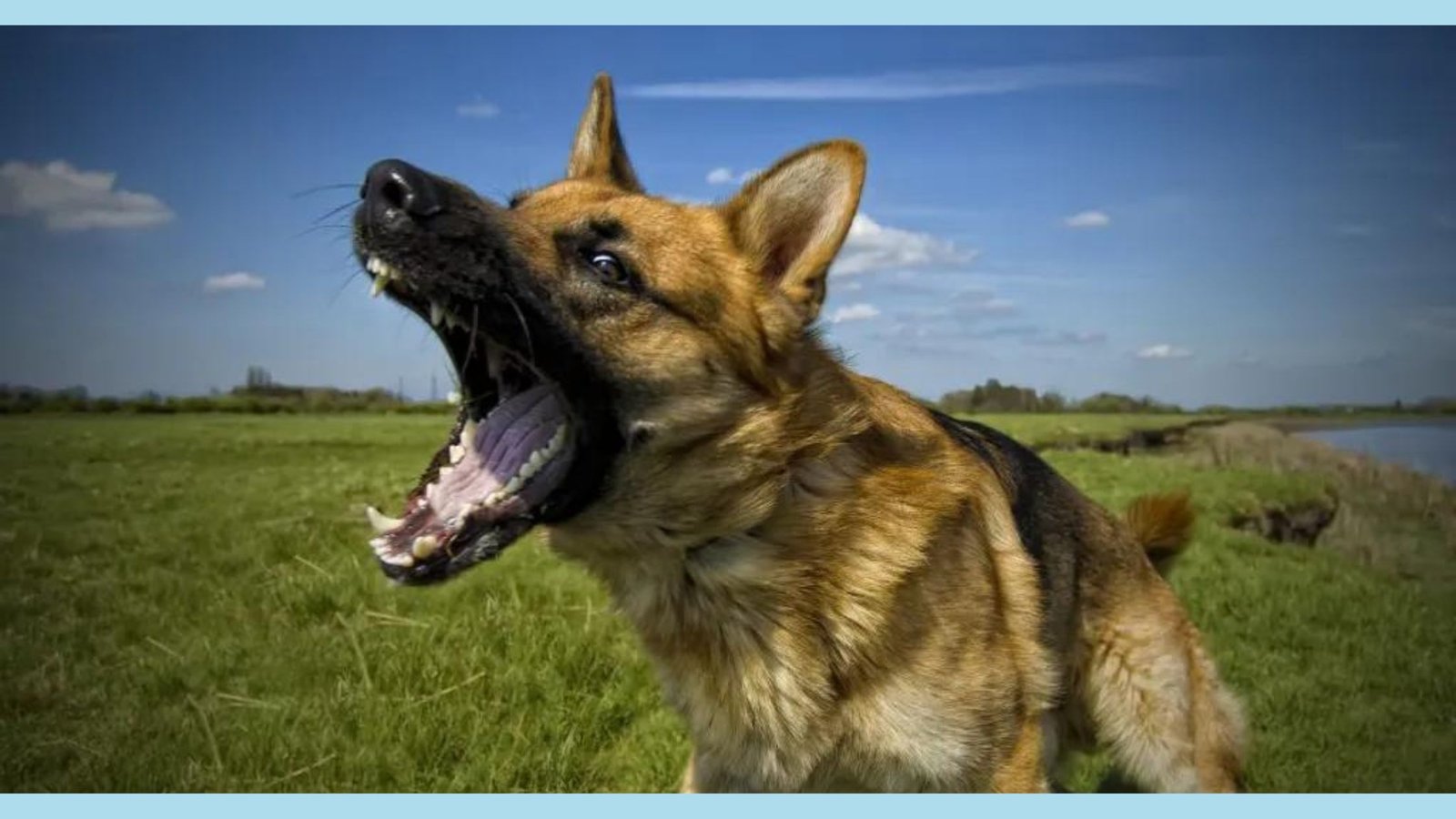
PREVENTIVE MEASURES FOR SAFE INTERACTIONS WITH AGGRESSIVE STREET DOGS
Carry Dog-Friendly Treats
Carrying dog-friendly treats can be a helpful way to redirect a street dog’s attention. Tossing treats away from you can create a positive association. Carrying small, dog-friendly treats can serve as a useful distraction. Toss a treat away from you to redirect the dog’s attention and encourage a positive interaction.
Utilize Verbal Cues
Verbal cues, such as a firm “stay” or “back,” can be effective if you are comfortable using them. Use a calm and assertive tone. If you are familiar with basic dog commands and feel confident, using simple verbal cues can communicate to the dog that you would like them to stay at a distance.
Carry a Dog Deterrent Spray
Carrying a dog deterrent spray can be an effective tool in deterring aggressive stray dogs. Ensure it is easily accessible and use it as a last resort if the situation escalates. Dog deterrent sprays are formulated to discourage aggressive behavior. Be aware of the wind direction and use the spray only if the dogs pose a significant threat.
Know Your Surroundings
Being aware of your surroundings is crucial in navigating encounters with aggressive stray dogs. Identify escape routes and nearby shelters in case you need to seek refuge. Understanding the environment around you allows for quick decision-making and helps you plan your actions in response to the dogs’ behavior.
Report to Animal Control any Encounter with Aggressive Street Dogs
If encounters with aggressive stray dogs become frequent or pose a significant threat, report the situation to local animal control authorities. Community safety is paramount, and reporting aggressive encounters ensures that authorities can address the issue and implement measures to protect both residents and animals.
If encounters with street dogs become frequent or pose a safety risk, report the situation to local animal control authorities. Community safety is a collective effort. If you notice persistent issues with street dogs in your area, reporting to local animal control can help address the situation more comprehensively.

UNDERSTANDING THE PACK BEHAVIOR OF AGGRESSIVE STREET DOGS
Encountering a group of stray dogs that might pose a threat can be a challenging and intimidating situation. In this comprehensive guide, we will explore strategies and tips on how to survive and navigate encounters with aggressive stray dogs.
Pack Mentality
Stray dogs often form loose packs, and their behavior is influenced by a pack mentality. Understanding this dynamic is crucial when dealing with multiple dogs. In a group setting, stray dogs may exhibit more assertive and territorial behavior than they would individually. Recognizing their pack mentality helps in predicting and managing their actions.
Territorial Aggression
Stray dogs can be territorial, especially when defending their perceived territory or resources. Recognizing signs of territorial aggression is essential for your safety. Common signs of territorial aggression include growling, barking, and protective stances. If you notice these signs, it’s crucial to approach the situation with caution and avoid escalating tension.
Protective Instincts
Stray dogs may exhibit protective instincts, especially if they have young pups or are guarding resources. Identifying and respecting these protective behaviors is vital for a safe interaction. If a stray dog perceives you as a potential threat to its pups or resources, their protective instincts may intensify. Understanding and respecting these instincts is crucial for avoiding confrontation.
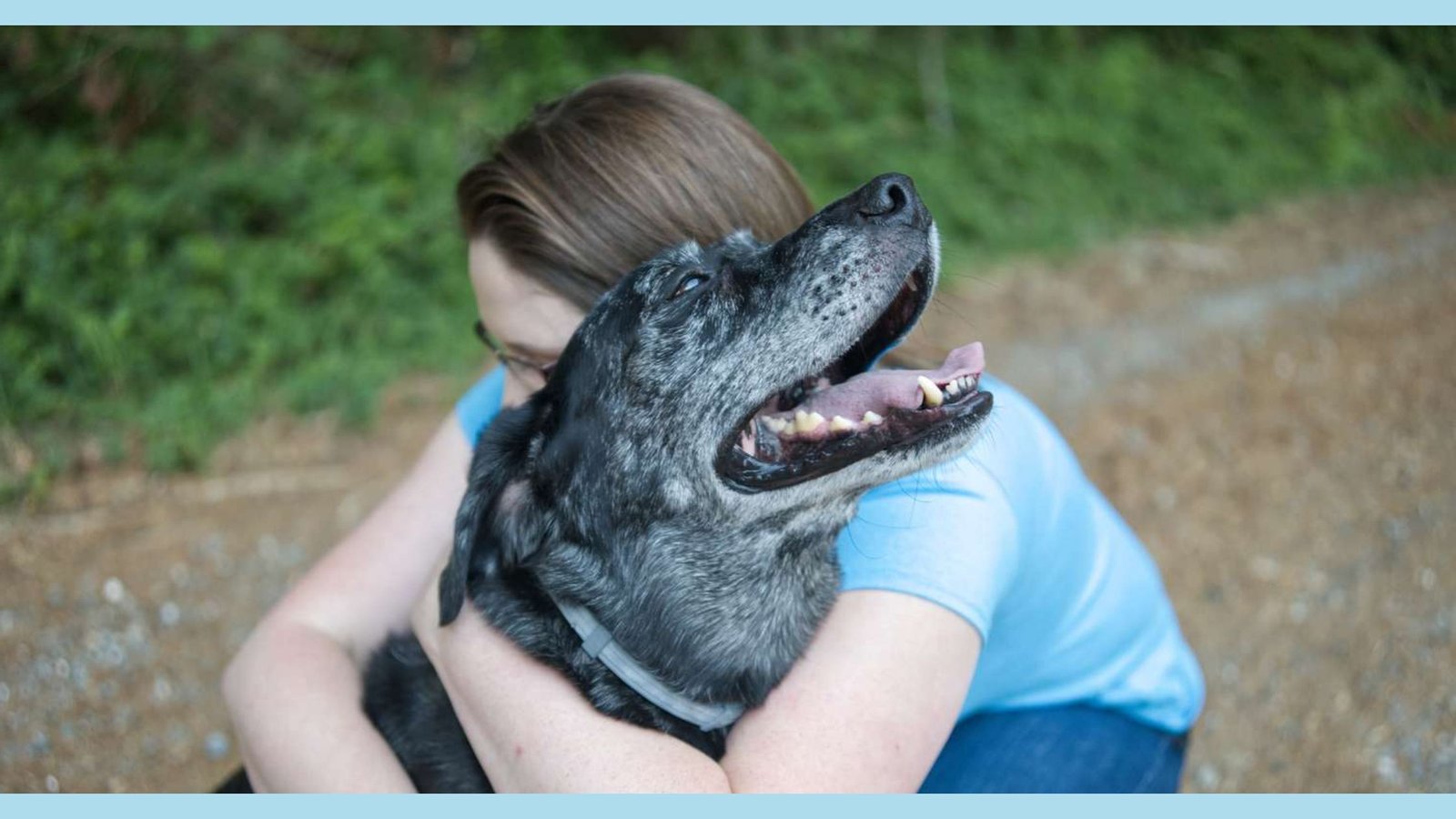
STRATEGIES FOR SURVIVING ENCOUNTERS WITH AGGRESSIVE STREET DOGS
Stay Calm and Avoid Eye Contact
Maintaining a calm demeanor is essential when faced with aggressive stray dogs. Avoid direct eye contact, as it can be interpreted as a challenge or threat. Dogs perceive direct eye contact as confrontational. By looking away and staying calm, you communicate that you are not a threat, reducing the likelihood of aggression.
Back Away Slowly from the Aggressive Street Dogs
If a group of stray dogs approaches, back away slowly without turning your back on them. Retreating slowly demonstrates that you are not a threat and allows you to maintain visibility. Turning your back suddenly can trigger a predatory response in dogs. Back away at a steady pace, keeping the dogs in your line of sight.
Use Your Jacket or Bag as a Barrier
If the stray dogs become more assertive, use your jacket or bag as a barrier. Extend it in front of you to create a physical barrier between you and the dogs. Creating a makeshift barrier provides a physical barrier that can discourage the dogs from approaching closer. It also gives you a sense of protection.
Avoid Sudden Movements
Sudden movements can startle and provoke dogs. Avoid making abrupt gestures or sudden movements, as these can escalate the situation. Dogs respond to sudden movements instinctively. Minimizing sudden actions helps in de-escalating tension and preventing aggressive reactions.
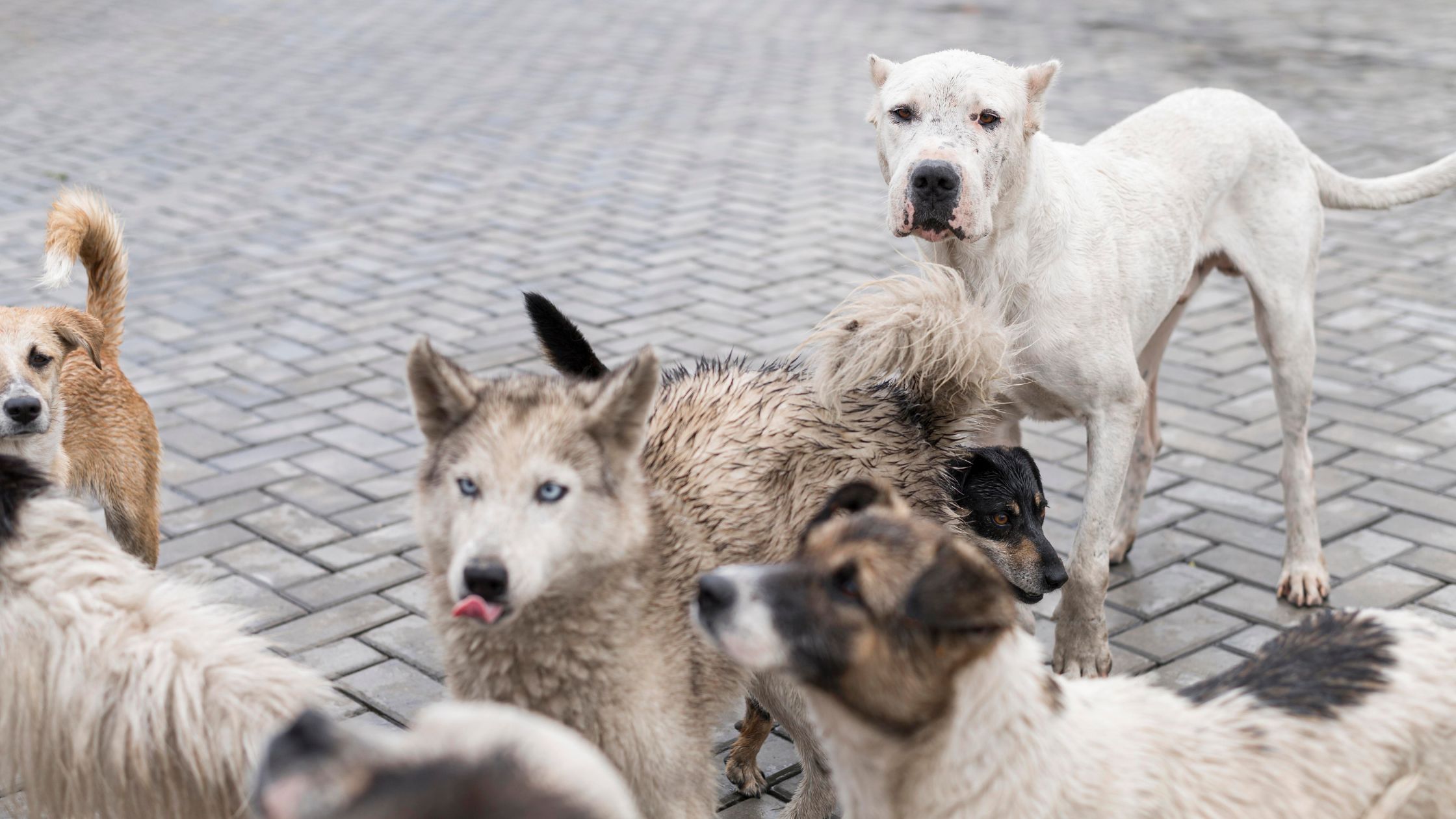
Brief sum up on surviving aggressive street dogs
Encountering a group of aggressive stray dogs can be a daunting experience, but with knowledge and preparedness, you can navigate such situations safely. By understanding aggressive stray dog behavior, employing survival strategies, and taking preventive measures, you enhance your ability to protect yourself in potentially threatening encounters. Remember, each situation is unique, and responses may vary.
Prioritize your safety, and if you feel the encounter is beyond your control, seek assistance from local animal control or law enforcement. By staying informed and prepared, you contribute to creating safer communities where both humans and animals can coexist harmoniously.
Encounters with street dogs require a balanced approach of awareness, calmness, and preparedness. By understanding street dog behavior, employing vet-approved strategies, and taking preventive measures, you can navigate such situations safely and responsibly.
Remember, each street dog is unique, and responses may vary. Prioritizing your safety while respecting the dog’s space contributes to a harmonious coexistence. With the right knowledge and approach, you can turn street dog encounters into opportunities for positive interactions and community well-being. Stay informed, stay calm, and foster a community where both humans and street dogs can coexist harmoniously.
If you want to help the local street dogs check this page at Humane Society Organization!

